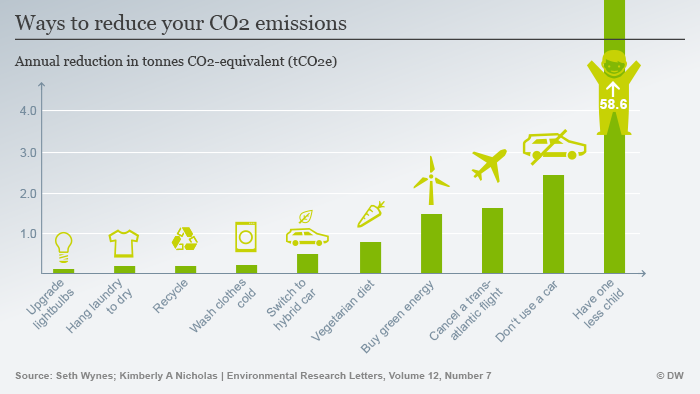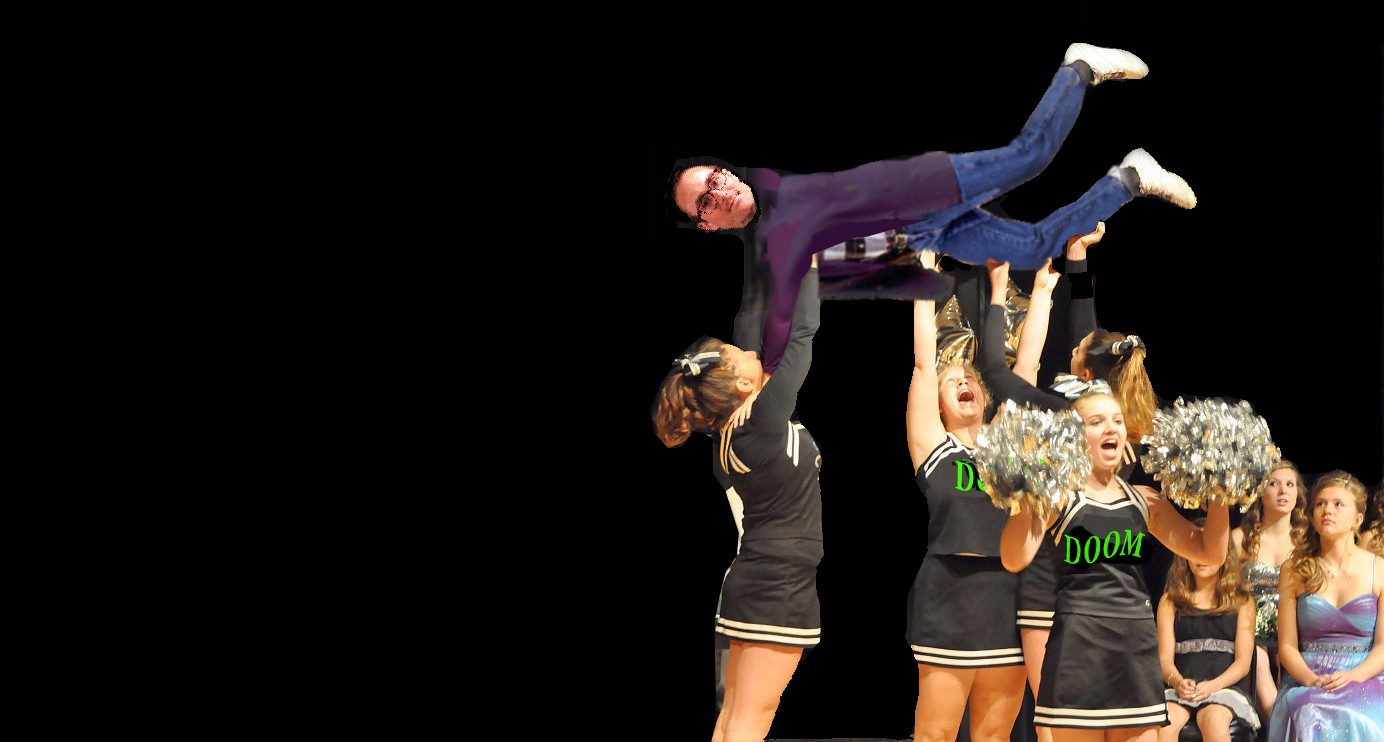just finished reading David Wallace-Wells’ The Uninhabitable Earth: Life After Warming. Then, in a climate change webinar, I was asked whether I thought focusing on predictions of doom — and Wallace-Wells is hard core in this respect — is productive or just numbing. Wallace-Wells says he had to ask himself that continuously and where he came down was that complacency poses a greater risk to our species than panic. A little panic can be a good thing, especially if you have become complacent.
William Brangham (PBS): You have actually argued that panic can be — that panic is appropriate in response to this, and that panic can be productive. How so?
David Wallace-Wells: The U.N. says that, in order to avoid catastrophic levels of warming, we need a global mobilization at the level of World War II. We know, from history, we didn’t fight that war out of hope or optimism. It was out of fear and alarm.
An opportunity we lose when we tamp down the rhetoric so as not to frighten or berate is the chance to deploy a whole new suite of tools that only by acknowledging the full scope of the threat do we even think we should be reaching for. For example, negative emissions technologies hardly seem worth investing in if the contemporary narrative has it that windmills, solar cells, and Tesla sports cars will do the job. It is only when you realize that 4 or 5 degrees of warming — our present trajectory — puts cities underwater to the depth of the Sydney Opera House or New York Grand Central Station, that you might feel inclined reach for these useful tools. Only when it is clear to you that plugging the hole in the lifeboat clearly will not be enough do you then reach for a bailing can.
In the PBS NewsHour interview, Wallace-Wells said:
Four degrees of warming, we would have, the U.N. suggests, as many as a billion climate refugees. That’s as many people as live in North and South America combined. We would have $600 trillion of climate damages. That’s double all the wealth that exists in the world today.
Less obvious, but no less important, is the opportunity a dilemma offers — to shift the operating system of civilization from one that exploits minorities, widens divisions, and propagates perennial insecurity (food, water, medicine, peace) to one that is inclusive, unifying and regenerative (of food, water, medicine, and peace).
I was thinking this week about those Artificial Intelligence programmers who were teaching a machine to correctly predict the price of a bicycle just by looking at it. They noticed that as the machine self-developed its algorithms, it would go first to the back wheel and study that. It took the programmers a while to figure out why. It was because the AI was looking for training wheels, an immediate tell for a low price. I wondered, suppose we programmed AI home devices to tell us whether we were making progress in combating climate change. What would they look for? What is the quickest tell? It wouldn’t be our light bulbs or our choice in cars. It wouldn’t be a super-efficient refrigerator or even what was in it. Perhaps the AI device need only examine the sine wave of the AC wall current that provides its own power.
Anyway, that is what came to mind when the webinar I was part of went dark because the power to my thatch palapa in this remote Mexican village failed, as it is prone to most days, taking all cell and internet service with it. Maybe another tell would be whether your walls are made of bamboo, mud, and straw.
Most of us have so far to go, a little panic could help. Wallace-Wells’ book began as a July 2017 article in New York Magazine titled “The Uninhabitable Earth — Famine, economic collapse, a sun that cooks us: What climate change could wreak — sooner than you think.” Editors worried the doomerism would sink that issue. No need to worry. It went viral. The issue had to reprint.
On MSNBC’s Morning Joe, Wallace-Wells said:
“For every half a degree of warming we are expected to see between 10% and 20% increase in conflict, so if we get to where we are going, by the end of the century we could have twice as much war as we have today, and that conflict happens even at the individual level, so we’ll see rises in murder rates and rape, domestic assault. It spikes the rate at which people are admitted to mental hospitals. Absolutely every aspect of life on this Earth is scheduled to be transformed by climate changes, and that really is what my book is about, not just what the science tells is going to happen, but how the way that we will live will be changed by these forces.”
Consider that the popular narrative would have it that humans have been altering the chemistry of the atmosphere since the dawn of the industrial revolution (if not the agricultural one). Actually, about 85% of greenhouse pollution has only been around since World War II. Wallace-Wells observes that more than half has only been aloft since Seinfeld premiered three decades ago. A third has only been there since 2010. We are in a curve of acceleration, accumulating greenhouse gases faster today than in any other period before.
I think we had long thought that climate change was happening very slowly, that it was unfolding, at fastest, at about a decade timescale, more usually like centuries, and we didn’t have to worry about it in our own lives, maybe even our children’s lives, but it was something to worry about for our grandchildren.
More than half of all the emissions that we have put into the atmosphere in the entire history of humanity, we have done in the last 30 years. And that means that we’re doing this damage in real time and in the space of a generation. So the speed is really overwhelming.
There is more carbon in the atmosphere now than there has been for 15 million years. Humans have never lived with this much greenhouse cover before. We might not have been able to evolve if we had. When you wrap yourself up in a down quilt in the middle of summer, you will warm very quickly. As we are. At what point do you begin to wonder what it might be like if you could never throw the quilt off?

Wallace-Wells is an eloquent writer, reminiscent of Jonathan Schell, whose The Fate of the Earth woke many to the peril of our dark deal with the nuclear weapons devil. Fate, driven to fevered cadence by the poetic writing of Schell, forced even the most reluctant reader to ponder the unthinkable: “the destruction of humanity and possibly most life on Earth.”
In an unpublished paper, “The Fate of Extinction Arguments” (1983), Brian Martin, a mathematics professor at the Australian National University, writes:
When nuclear weapons are exploded, the high temperatures cause nitrogen in the air to react with oxygen, producing oxides of nitrogen. In explosions larger than about one megatonne, the fireball of the explosion rises the 10 or 15 kilometers necessary to deposit much of these oxides of nitrogen in the stratosphere, where the oxides of nitrogen destroy ozone. Since stratospheric ozone absorbs ultraviolet light from the sun, the net consequence of large nuclear explosions is an increase in ultraviolet light at the earth’s surface.
Shell described the effect in more poignant prose…
“the blinding of insects, birds, and beasts all over the world; the extinction of many ocean species, among them some at the base of the food chain; the temporary or permanent alteration of the climate of the globe, with the outside chance of ‘dramatic’ and ‘major’ alterations in the structure of the atmosphere; the pollution of the whole ecosphere with oxides of nitrogen; the incapacitation in ten minutes of unprotected people who go out into the sunlight; the blinding of people who go out into the sunlight; a significant decrease in photosynthesis in plants around the world; the scalding and killing of many crops; the increase in rates of cancer and mutation around the world, but especially in the targeted zones, and the attendant risk of global epidemics; the possible poisoning of all vertebrates by sharply increased levels of Vitamin D in their skin as a result of increased ultraviolet light” (p. 93).
If this all sounds a bit like climate change, it should, because that is one of the great capabilities of a nuclear exchange — a long, radioactive, nuclear winter followed by set design from The Road, Waterworld, or Mad Max.
Martin takes Schell to task for precisely the criticism being leveled at climate doomers and peak oil catastrophists.
The belief in nuclear extinction seems to have inhibited peace movement thinking about the development of long term strategies … for transforming the institutional roots of war. A less-exaggerated assessment of the effects of nuclear war does not necessarily mean less concern. Instead, hopefully, it can lead to more penetrating analyses and more successful strategies for ending the nuclear threat.
I think exaggerated is in the eye of the beholder. Wallace-Wells is the first to say he hopes the lower bound of the estimates scientists are giving us is what turns out to be right. The point is, most people are not discussing the upper bound at all. It is a discussion we need to be having. Most predictions end in 2100, but that could be just when the party really gets going. If we stay on track for 3.9 to 4.3 degrees Celsius this century, we will cross thresholds that trigger tipping elements (permafrost, Arctic Sea albedo, African desertification) that can double or triple the damage in the next century and perhaps even in this one. The Intergovernmental Panel on Climate Change, possibly the most conservative source, told us just last year that by as soon as 2030 some of these cascading effects could be irreversible.
Contrary to what the voices for moderation counsel, confronting an existential threat rather than watering down the rhetoric can lead to more penetrating analyses and more successful strategies. Softening the risk leads to underestimating the enemy.
I urge everyone to read The Uninhabitable Earth and then see if they don’t agree. This is a “hair on fire” moment for the sake of everything we hold dear.
You encourage me to do more and then tell you about it. Help me get my blog posted every week. All Patreon donations and Blogger subscriptions are needed and welcomed. Those are how we make this happen. PowerUp! donors on Patreon get an autographed book off each first press run. Please help if you can.
Image: Climate author David Wallace-Wells being tossed by cheerleaders, courtesy of Albert Bates. (Presumably Photoshopped!)





